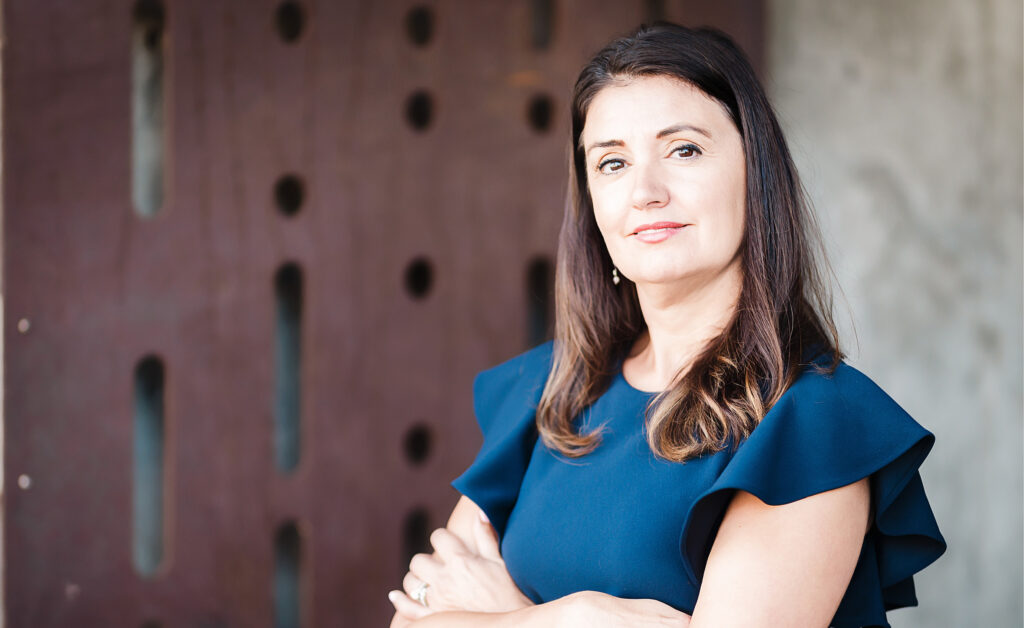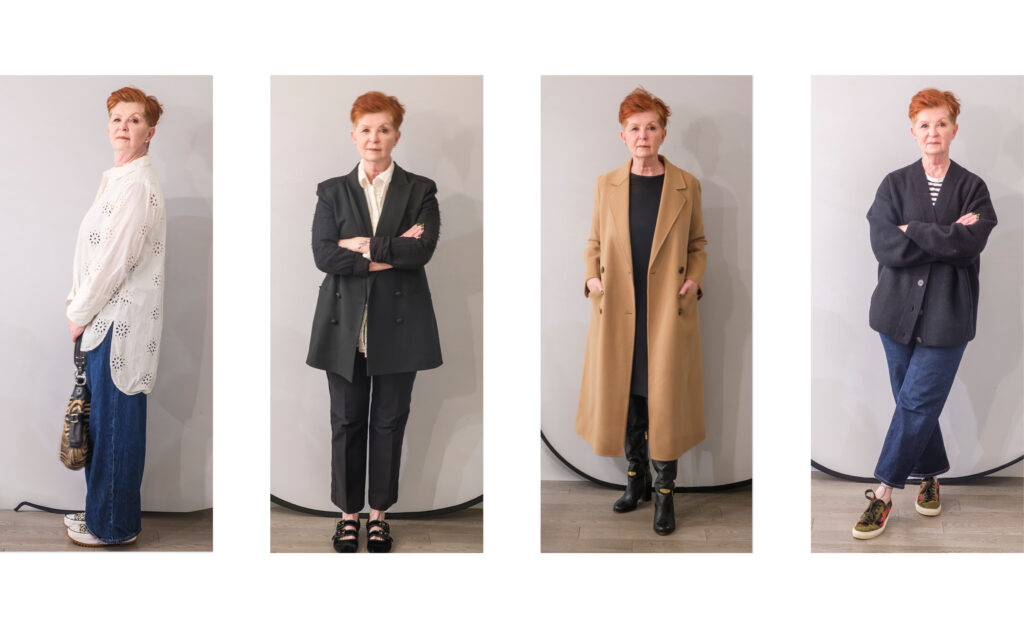by Tina Kelly –
For Resident Killer Whales, or Orcas, women are in charge. These women aren’t selling merchandise, crunching numbers or running a marketing campaign, but because of their social and familial structure, they most certainly could be considered CEOs of their family.
Much has been discovered about these whales since the early days of killer whale research – the 1970’s. An animal that once instilled fear in boaters and fishers is now considered an iconic West Coast species and loved worldwide. Vancouver Island’s Resident Killer Whales are the most studied Killer Whale ecotype in the world. These Resident Killer Whales are fish – primarily salmon – eaters and are separated into Northern and Southern Resident communities based on their geographic preferences. Northern Residents’ typical range lies north of Campbell River, whereas Southern Residents spend summer travelling around the Southern Gulf Islands, San Juan Islands and southern Vancouver Island and winter as far south as California.
Decades of research has taught us what these animals eat, how they communicate and how we can identify one whale from another. Years of observations and photo-taking determined each whale has unique and identifiable characteristics on their dorsal fin and saddle patch. Identifying the same individual whales over time allowed scientists to determine these animals consistently stuck together in tight social groups. Genetic analysis added to photo-identification data proved these groupings weren’t gangs of friends or whales interested in the same hobbies, but were close family members with mom in charge – a matrilineal system.
In a matrilineal system, the mom or matriarch leads the way. All of her offspring stay close by, learning to hunt, to communicate in their dialect and gain other life skills they need to survive. They not only stay close by, they live with mom forever and so do the grandkids, great grandkids and so on. If a daughter has had several offspring of her own or the mother dies, they may break off to start their own matriline. Sons just simply “never leave home” and stay with mom for the duration of her lifetime. What happens to sons after their mother passes away? In mom’s absence, they maintain the tight family bond with their siblings.
Those are strong ties, and the women lead the way.
The Shaw Ocean Discovery Centre features a complete skeleton of A9, a female Northern Resident Killer Whale suspended from the ceiling of the Touch Pool gallery. A9, also known as Eve or Scar, had two sons. When A9’s sons passed away in 2000 and 2001, her matriline died out as well. You can check out this skeleton along with many other interesting and unique marine mammal artifacts from
10 a.m. to 4 p.m. daily.
Photo: Northern Resident A30 Matriline (courtesy Leah Thorpe).




